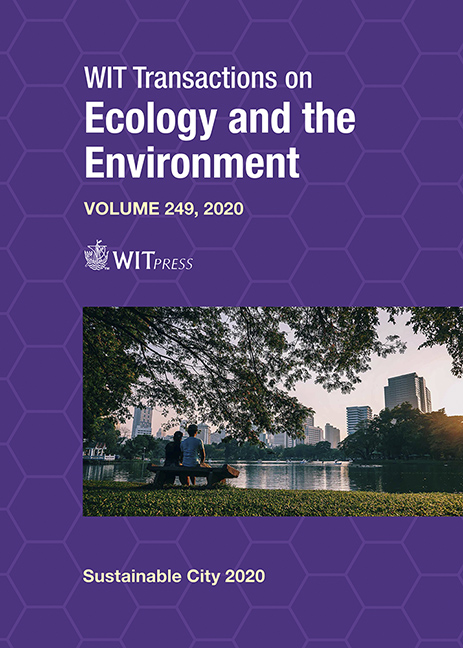ROLE OF MUNICIPALITIES IN THE URBAN PLANNING OF POST-OIL GULF CITIES: THE CASE OF DUBAI, UNITED ARAB EMIRATES
Price
Free (open access)
Transaction
Volume
249
Pages
7
Page Range
3 - 9
Published
2020
Paper DOI
10.2495/SC200011
Copyright
WIT Press
Author(s)
EMAN ASSI
Abstract
Dubai is a highly memorable place: The image in your mind matches up with a colorful history of a pearl diving, fishing, gold trading settlement. Since the beginning of the 20th century, trade was the driving force behind its wealth and success. With little or no resources, Dubai became the main centerport in the Persian Gulf, the busiest regional trading center. The first Dubai Plan was assigned to John Harris in 1960, by his highness Sheikh Rashid Bin Saeed Al Maktoum. This paper aims to assess how John Harris’ developmental plans addressed the vision of his Highness to transfer Dubai into a modern, global city. In doing so, the author attempted to understand the process of transformation and its impact on the cultural and social changes of the city. More specifically, the author answers the following questions: What was the main focus of these plans? How were these plans implemented on the ground? What were the main challenges that faced John Harris and Dubai Municipality to achieve the goals set? The author researched documents and archives of Dubai Municipality, meeting minutes of the Municipality Council and
Keywords
city planning, cultural heritage, Dubai, historic architecture, John Harris, Persian Gulf, United Arab Emirates, urban development, urban planning





